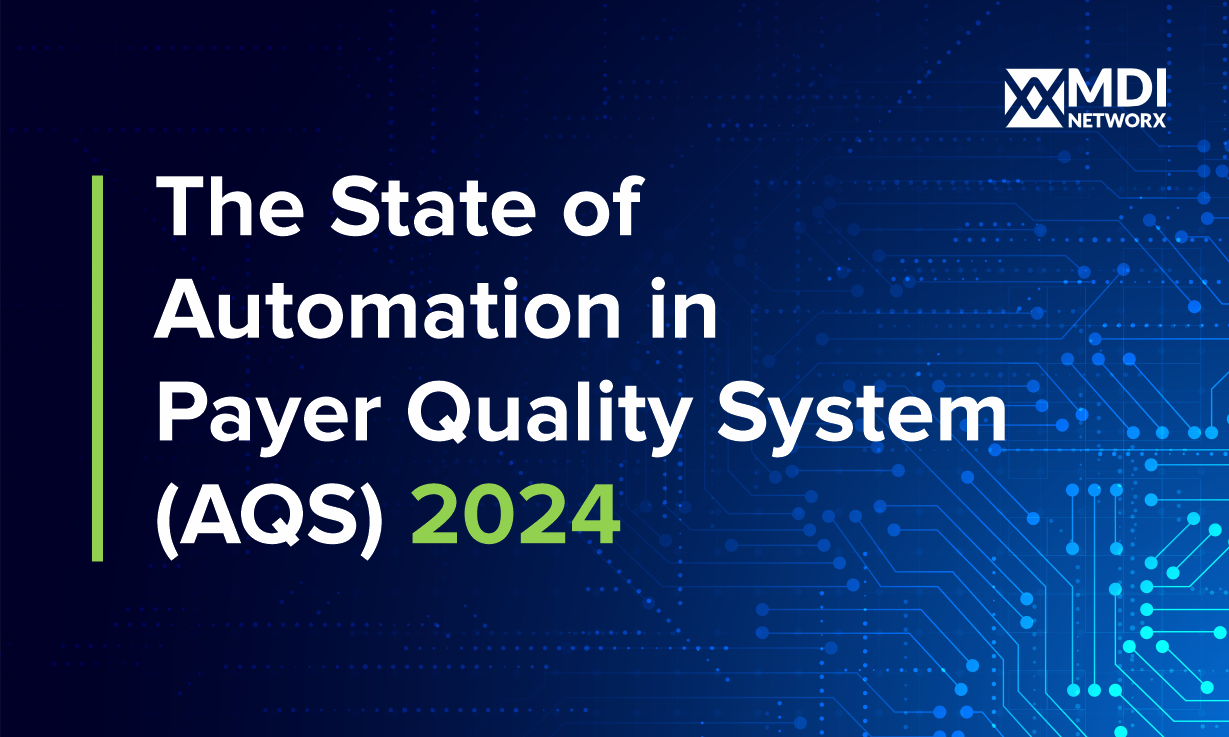Nearly 80 percent of healthcare data is unstructured. It sits in faxes, scanned documents, handwritten forms, emails, and multiple intake channels. For payers and health plans, this means critical insights remain locked at the very beginning of the process. Without advanced capture, the downstream impact touches claims turnaround, compliance, and overall service delivery. The priority for leadership is ensuring data capture translates into actionable intelligence, not just digitization.
OCR in healthcare has traditionally been associated with document scanning, but its role has evolved. Basic OCR alone is no longer sufficient to meet the demands of large payer operations. Advanced OCR data capture solutions combine recognition technology with artificial intelligence and machine learning to validate, classify, and route information in real time. This shift transforms OCR from a back-office utility into a strategic enabler of operational visibility.
Traditional methods such as manual entry or legacy OCR struggle with structured and unstructured healthcare formats, leave intake fragmented across vendors, increase dependency on manual validation, and limit visibility into SLA adherence and compliance risk. The result is rising costs, delayed claims adjudication, and limited transparency for executives.
Advanced OCR technology for healthcare operations addresses these gaps by standardizing intake, ensuring accuracy at the point of capture, and feeding validated data directly into enterprise systems. It enables leaders to:
- Automate classification and routing of provider and member correspondence.
- Identify anomalies early and reduce rework downstream.
- Generate dashboards that track compliance, turnaround, and productivity in real time.
Organizations can strengthen SLA performance by connecting OCR data capture solutions with operational analytics. Leadership teams can then monitor risks and bottlenecks at the point of intake rather than after claims have already aged.
A national payer processing more than 30 million documents annually shifted from basic OCR to intelligent capture. The transformation was measurable: rework volumes declined by 25 percent, classification accuracy improved by 40 percent, and executives gained access to daily dashboards that tracked SLA compliance and operational thresholds. By implementing OCR for claims processing, the organization repositioned capture from a transactional step to a strategic control point.
Looking forward, OCR in healthcare will continue to evolve into intelligent systems that understand context rather than only text. These systems will support compliance requirements through automated audit readiness aligned with HIPAA and CMS guidelines. They will forecast volumes and staffing needs through predictive analytics and integrate seamlessly into claims systems, customer service platforms, and quality monitoring tools. For many organizations, OCR in healthcare document management will be the foundation for broader automation and enterprise intelligence.
Traditional capture creates inefficiency, error, and compliance risk. Advanced OCR data capture solutions transform intake into actionable intelligence. Future-ready capture capabilities will enable predictive, compliant, and fully integrated operations.
The critical question for leaders is whether data capture is still being treated as a back-end function or leveraged as a source of competitive advantage. Advanced OCR in healthcare is no longer an operational necessity alone. It is a strategic enabler that provides visibility, improves compliance, reduces rework, and positions healthcare organizations for scale. The decision is not whether to modernize capture processes but how quickly that modernization should take place.
Explore how advanced OCR data capture can prepare your organization for intelligence-driven operations and ensure readiness for the future of healthcare.





